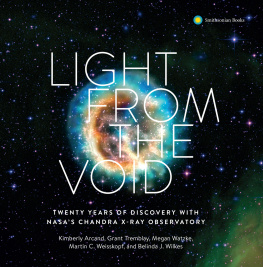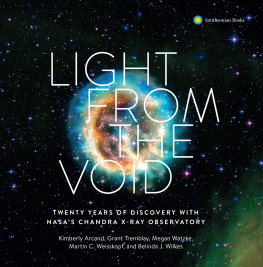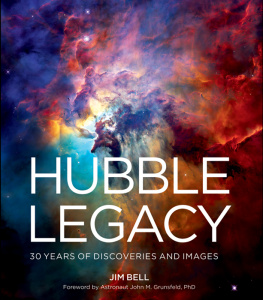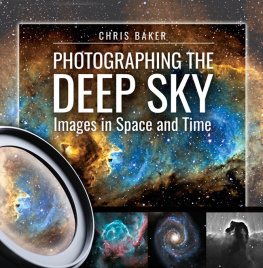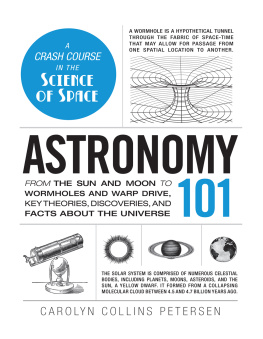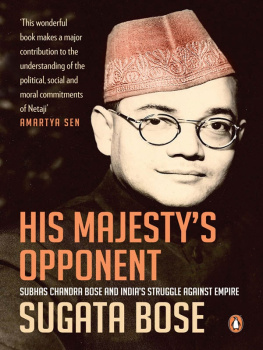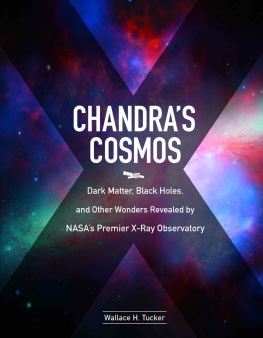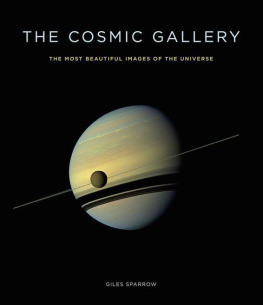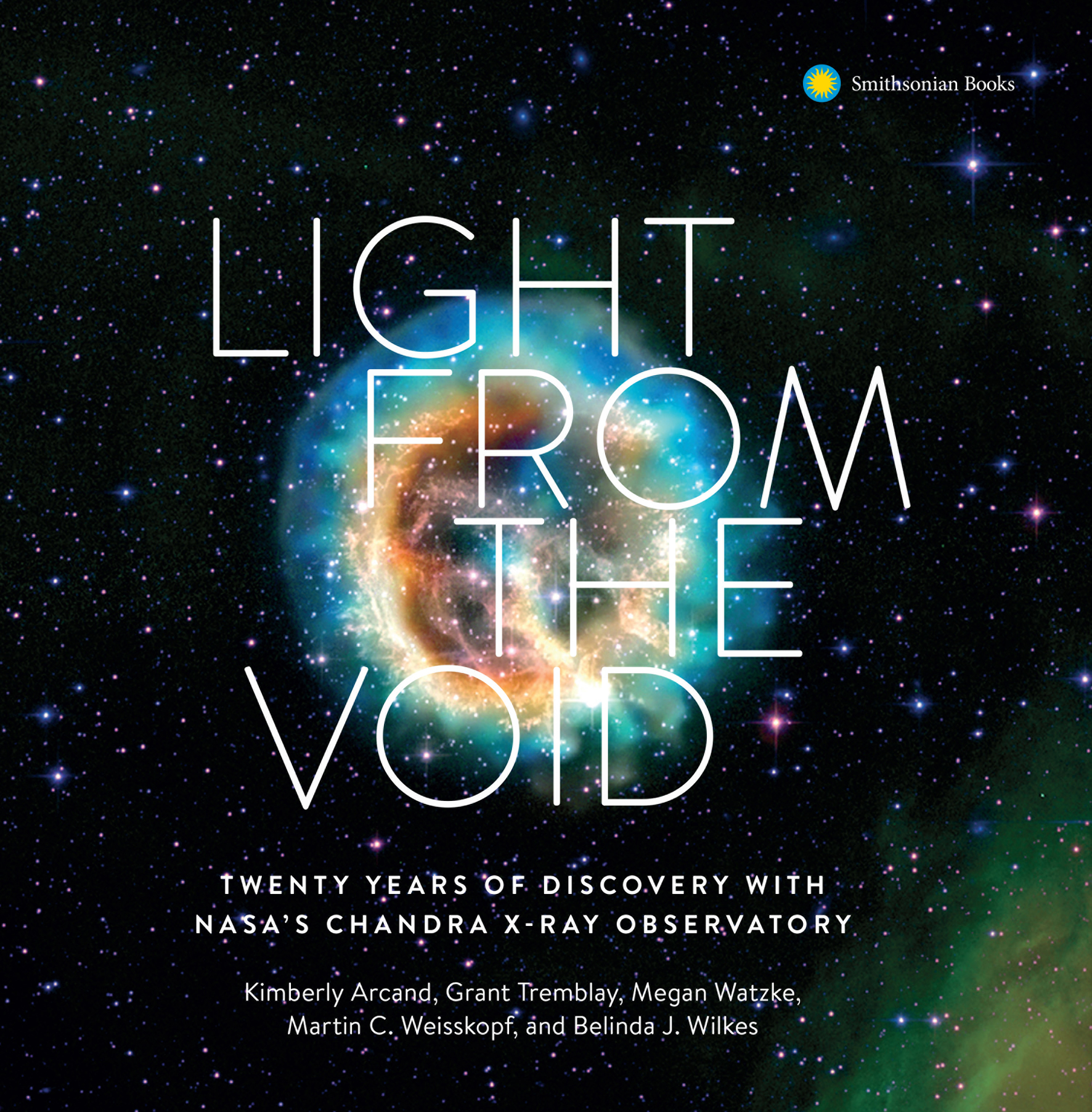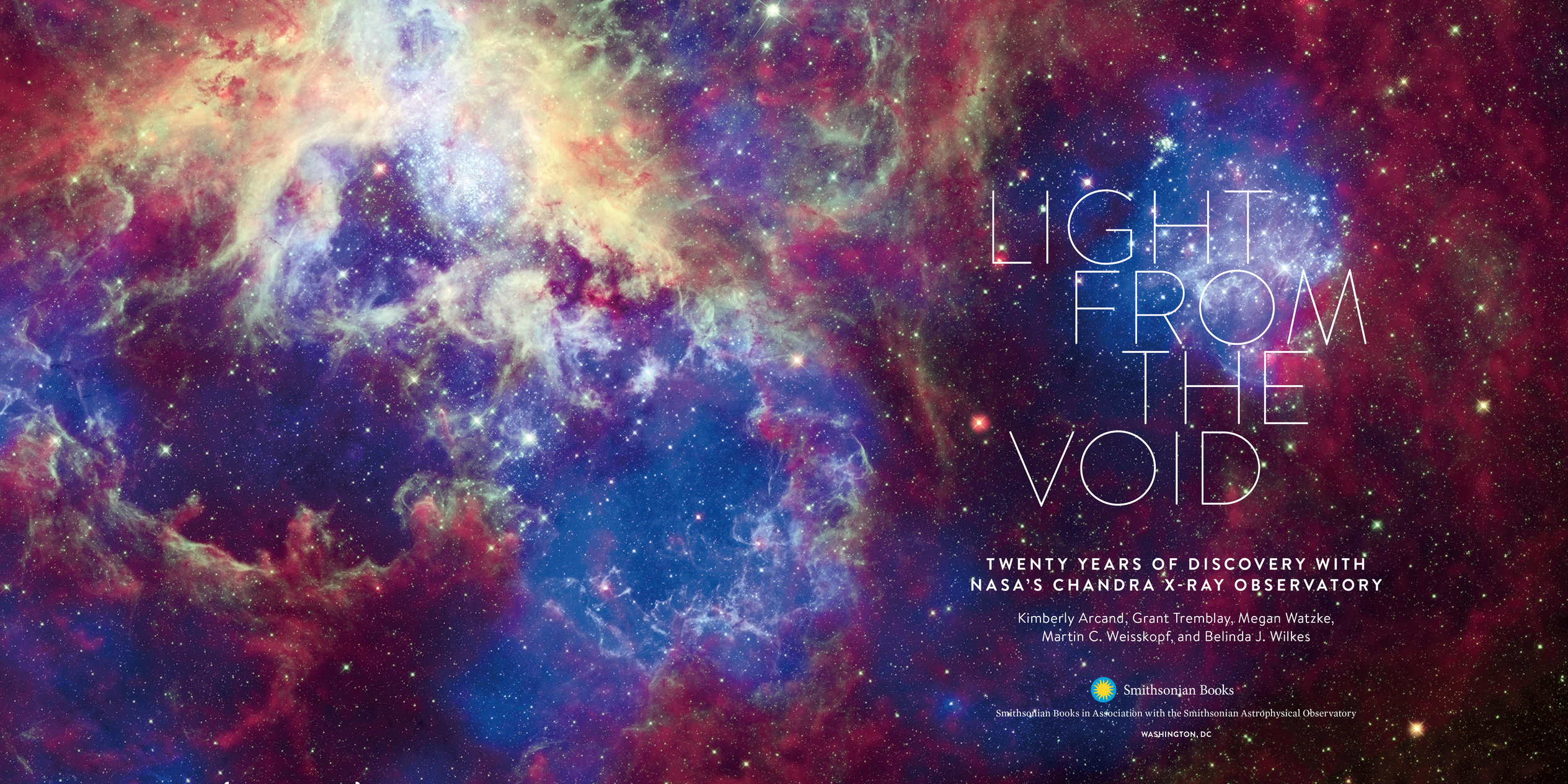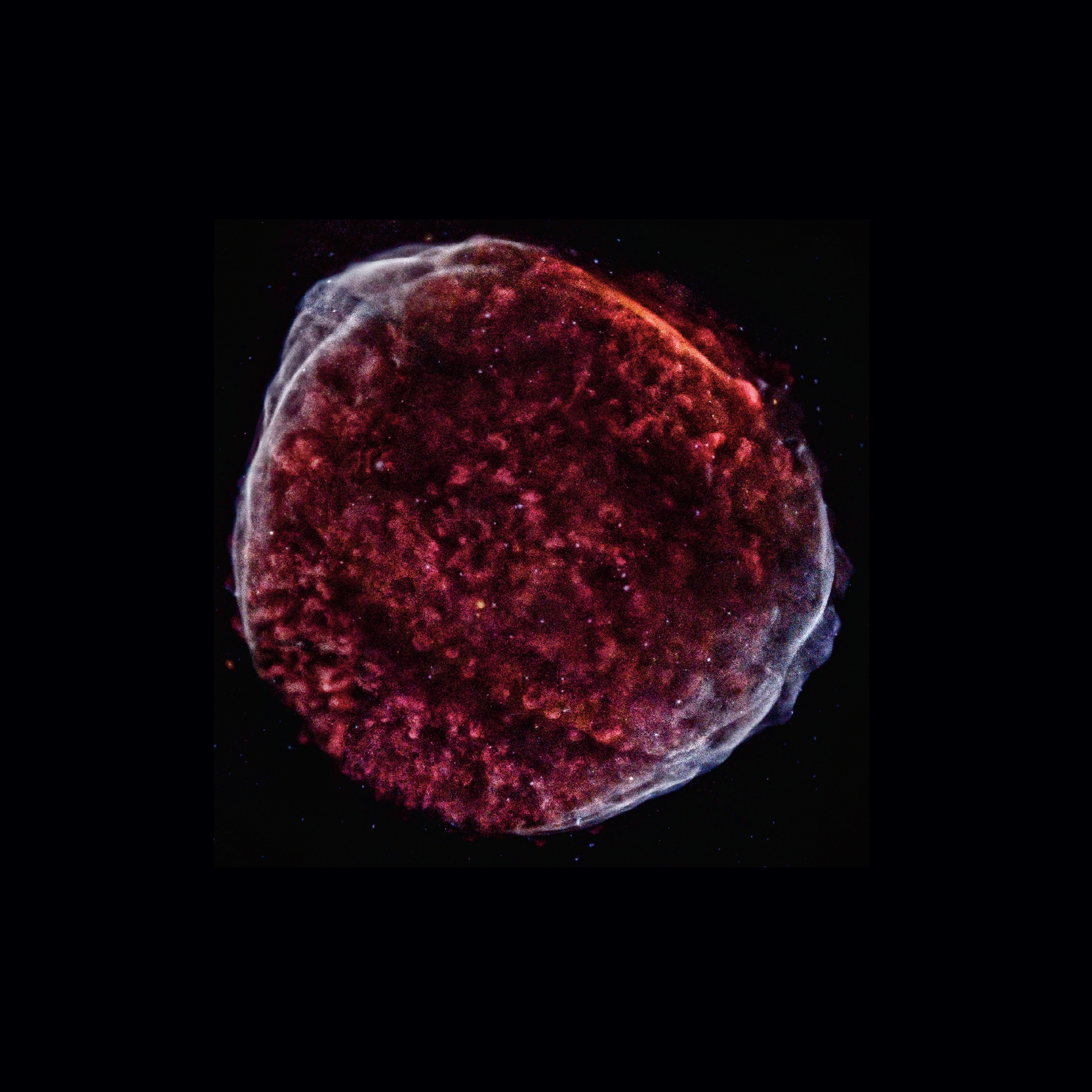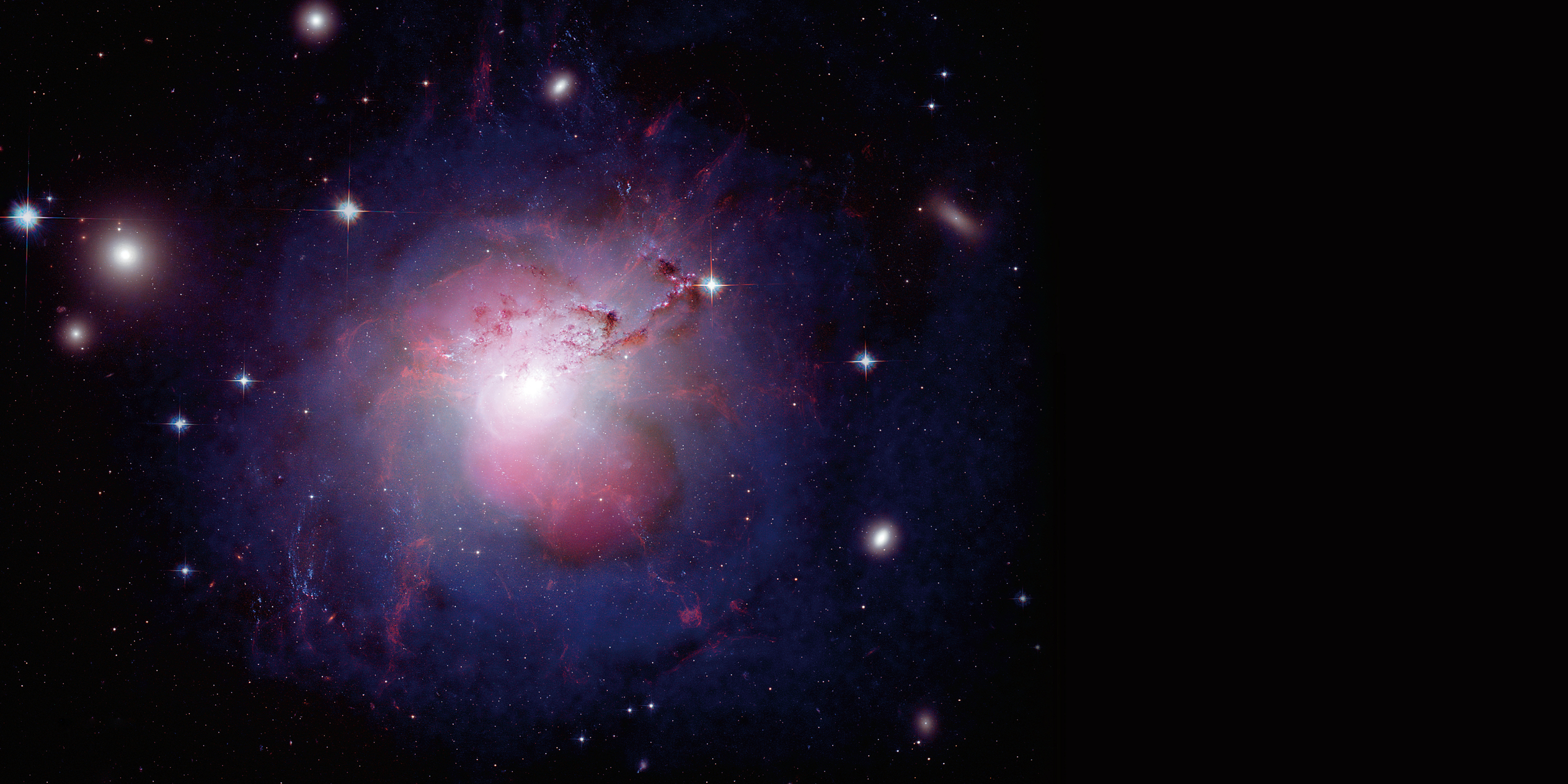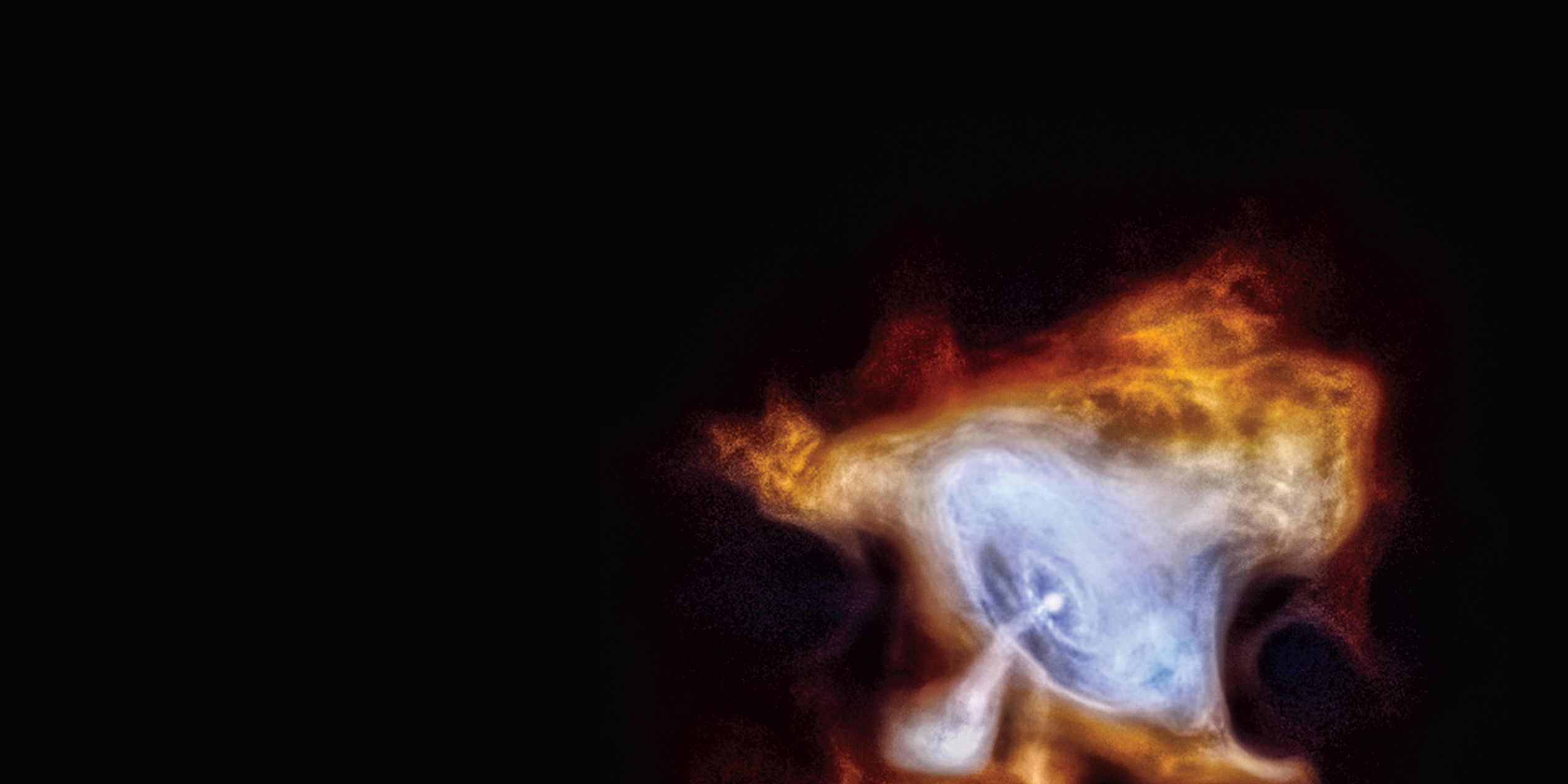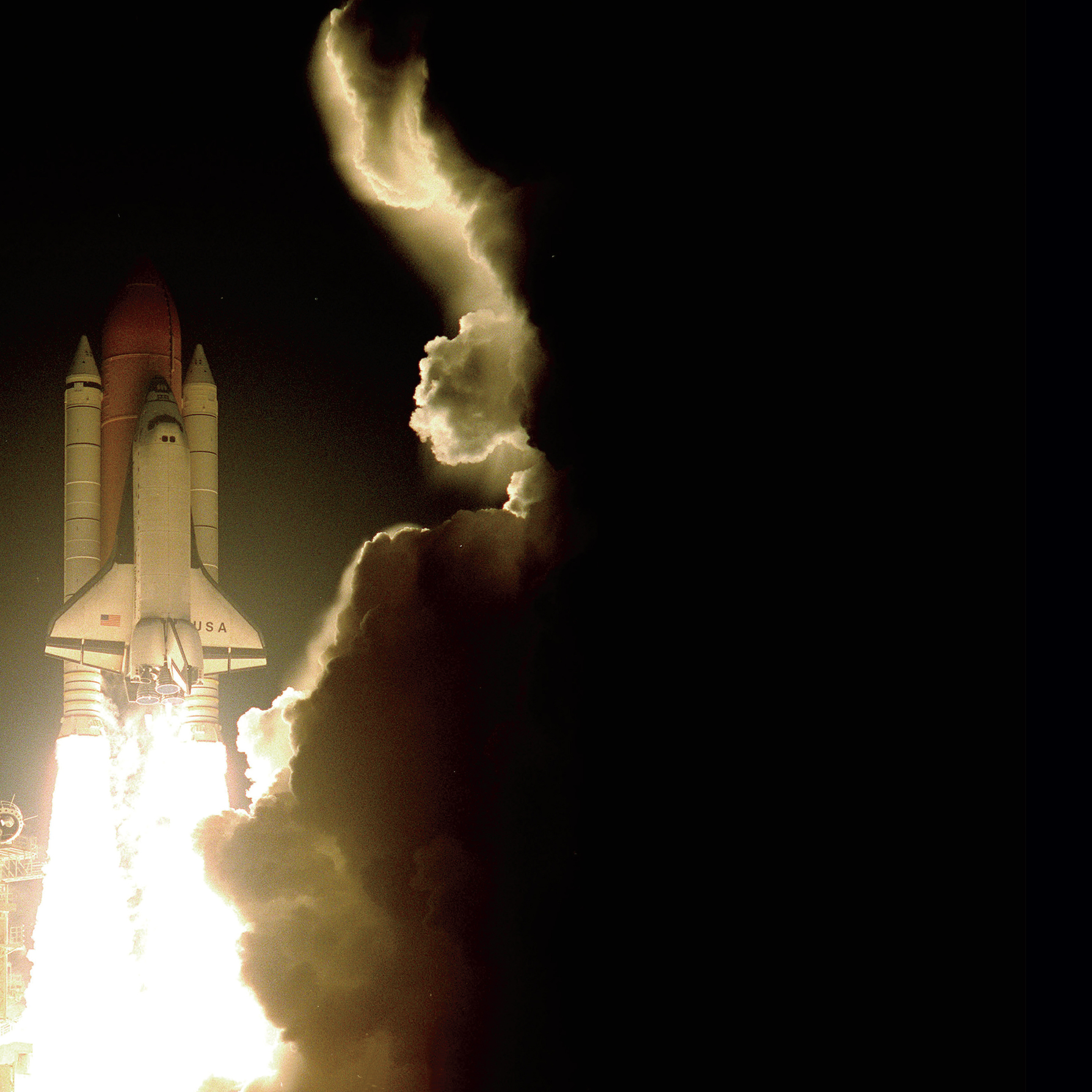Contents
Landmarks
Print Page List
Text 2019 by Smithsonian Institution
All rights reserved. No part of this publication may be reproduced or transmitted in any form or by any means, electronic or mechanical, including photocopying, recording, or information storage or retrieval system, without permission in writing from the publishers.
This book may be purchased for educational, business, or sales promotional use. For information, please write: Special Markets Department, Smithsonian Books, P.O. Box 37012, MRC 513, Washington, DC 20013
Published by Smithsonian Books
Director: Carolyn Gleason
Creative Director: Jody Billert
Senior Editor: Christina Wiginton
Editor: Jaime Schwender
Editorial Assistant: Duke Johns
Edited by Gregory McNamee
Ebook design adapted from printed book design by Gary Tooth/Empire Design Studio
Library of Congress Cataloging-in-Publication Data
Names: Tremblay, Grant, author. | Arcand, Kimberly K., author. | Watzke, Megan K., author.
Title: Light from the void : NASAs Chandra X-ray Observatory / Grant Tremblay, Kimberly Arcand, and Megan Watzke.
Other titles: NASAs Chandra X-ray Observatory | Chandra X-ray Observatory
Description: Washington, DC : Smithsonian Books, [2019] | Includes index.
Identifiers: LCCN 2019019663 (print) | LCCN 2019021938 (ebook) | ISBN 9781588346780 | ISBN 9781588346698
Subjects: LCSH: Chandra X-ray Observatory (U.S.) | X-ray astronomy.
Classification: LCC QB472 (ebook) | LCC QB472 .T74 2019 (print) | DDC 522/.6863--dc23
LC record available at https://lccn.loc.gov/2019019663
Ebook ISBN9781588346780
For permission to reproduce illustrations appearing in this book, please correspond directly with the owners of the works, as seen on . Smithsonian Books does not retain reproduction rights for these images individually, or maintain a file of addresses for sources.
Title pages: 30 Doradus (the Tarantula Nebula),
Dedication page: SN 1006,
Table of contents: Perseus A,
v5.4
a
THIS BOOK, LIKE CHANDRAS LEGACY, IS DEDICATED TO THE MEMORY OF
RICCARDO GIACCONI
Perseus A,
CONTENTS
Crab Nebula,
FOREWORD
BELINDA J. WILKES
Senior Astrophysicist, Center for Astrophysics | Harvard & Smithsonian Director, Chandra X-ray Center
MARTIN C. WEISSKOPF
Chief Scientist for X-ray Astronomy, NASA Marshall Space Flight Center Project Scientist for the Chandra X-ray Observatory
THE CHANDRA X-RAY OBSERVATORY, one of four members of NASAs Great Observatory cohort, celebrates its twentieth year of operation in 2019. This book shares highlights of Chandras scientific results: X-ray and multi-wavelength pictures of the hottest and most violent celestial sources for which the X-ray emission reveals new information, often revolutionizing our understanding of the Universe.
Chandra remains without peer in its capabilities for producing sub-arcsecond X-ray images, precisely locating X-ray sources, detecting them to extremely faint levels, measuring their structure in detail, and obtaining high-resolution, spatially resolved spectra. It is the worlds greatest X-ray observatory, and it will remain so in the years to comeindeed, eight to ten years of further operation are currently expected.
Chandras unique capabilities enable it to play a key role in the investigation of the extreme physics involved in spectacular phenomena such as the merger of neutron stars and tidal disruptions of stars by supermassive black holes. It enables astronomers to employ cosmic laboratories to study a wide range of otherwise inaccessible physical phenomena: the behavior of matter at extremely high densities, the effects of ultra-strong magnetic fields, the physics of matter swirling into black holes, and the ability of supermassive black holes to affect the evolution of entire galaxies, even clusters of galaxies. Chandra has added new dimensions to our knowledge of celestial sources from planets and exoplanets to galaxies and galaxy clusters, the largest structures in the universe, and everything in between.
Since X-rays are produced by practically every kind of astronomical object, it takes the high-precision and high-quality data that Chandra provides to study and understand them. Chandra has brought X-ray astronomy into the mainstream of astronomy and astrophysics, and thousands of astronomers and astrophysicists worldwide have used the Observatory. Discoveries include the ubiquity of X-ray emitting jets from quasars, the discovery of X-ray emission from a source of gravitational waves, and the hostile environment for forming plantes provided by X-ray emisssion from their stars.
Chandras outstanding success, not only scientifically but also programmatically and financially, has been the result of a highly integrated team effort between NASA; its lead center for Chandra, the Marshall Space Flight Center; and the prime contractor for the Chandra X-ray Center (CXC), the Smithsonian Astrophysical Observatory. The CXC carries out all aspects of the mission from its facilities in Massachusetts, with managerial and scientific oversight from the MSFC Project Office. The CXC subcontracts with several organizations, including the instrument Principal Investigators and their teams at Penn State University, MIT, and SAO, as well as Northrup Grumman Corporation (formerly TRW), the prime contractor for the mission, which, along with its subcontractors, provides the operations team and engineering support.
It is an honor and a privilege to have participated in the building and in the continuing operations of this scientific cathedral and to share some of its wonders in this book. In closing, we acknowledge the contributions of the Chandra Telescope Scientist, Leon Van Speybroeck, for the critical role he played in delivering the optics, and of Riccardo Giacconi, whose leadership and vision inspired this Great Observatory.
With this one experiment it is impossible to completely define the nature and origin of the radiation we have observed.However, we believe that the data can best be explained by identifying the bulk of the radiation as soft X-rays from sources outside the solar system.
RICCARDO GIACCONI
From his 1962 paper describing the first detection of X-rays from beyond the Solar System
On July 23, 1999 Columbia lifts Chandra into the void. STS-93 Commander Eileen Collins, Pilot Jeffrey Ashby, and Mission Specialists Michel Togini, Steven Hawley, and Cady Coleman become the last humans to see Chandra with their naked eyes.

